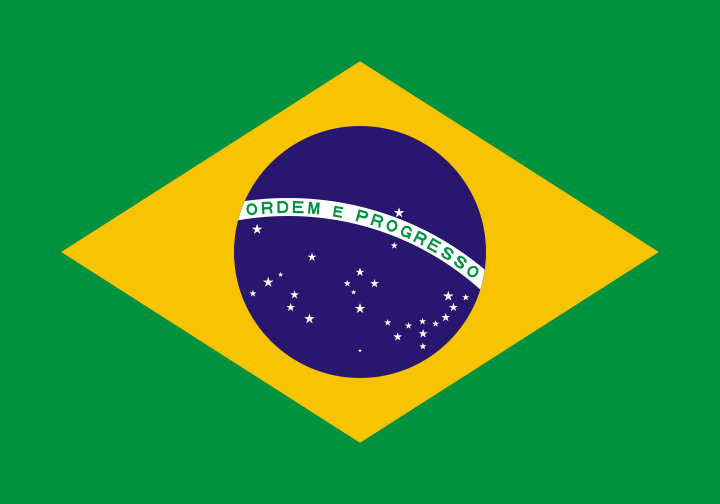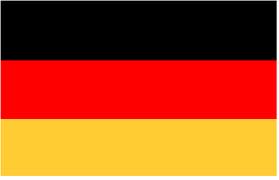PP AM for Vulcanization
The covering with rubber of cylinders and rolls, is a peculiar type of vulcanization carried out since a long time, and it traces back to the period in which the vulcanization of natural rubber has been invented.
Rolls and cylinders are covered with a surface layer of rubber for many reasons: for example to make the surface of the roll more soft and elastic than a metallic one, or to give more grip to the surface, to permit the use of inks or adhesives, or still to permit the contact with acid or basic corrosive substances which otherwise would deteriorate the metal body of the roll.
In this way many different rolls are obtained: for the graphic industry, for the printing industry (flexography, rotogravure and offset), paper industry, paper processing industry, packaging industry, textile industry, confectionary, leather industry, metallurgical industry, wood and glass manufacturing. Inking rolls, sleeves for flexography, idle rolls, driving rolls, countershafts, embossing rolls, spreading rolls, coupling rolls, covering of reels, sheaves, hubs, fly wheels and many other items are obtained.
The basic manufacturing process is quite simple. It starts from a cylinder or a roll (once made only of metal, nowadays it can also be made in composite materials).
First of all the surface is sanded or treated with special substances to permit the adhesion of the rubber.
The roll is after mounted in a special machine which is basically made of two elements: a mechanism which rotates the roll at very low speed and an extruder which lay out on the roll surface one (or more) layers of uncured rubber. Usually the rubber layer is some 10-15 centimetres wide, and has a thickness of 1-2 centimetres.
Uncured rubber can be made in many different substances: natural rubber, CR, SBR, silicon, polyurethane and others. The competence of the roll producer is to choose the rubber blend more suitable to the specific application and to carry out properly the vulcanization of the uncured rubber.
After this step the roll must pass the vulcanization. Usually it is put in an oven, better to say in an autoclave, which makes the cooking cycle, often in an atmosphere where pressure and steam are strictly controlled.
Before the cooking anyway, the roll with the uncured rubber, has to be wrapped with a tape which makes the containment and the compression of the uncured rubber during the cycle of vulcanization.
There are basically two approaches about these tapes:
- the use of fabric bandages (in cotton) which can be used many times,
- and the use of disposable materials (plastic films).
Cotton bandages are valid, but their performances worsen with cooking cycles. As new they have very good features, with times they lose them and thus they can lead to an unacceptable outcome of the rubbered roll. Disposable films are usually cheaper and it is also more easy to remove them after the cooking, simply passing the roll in a grinding.
After vulcanization the surface of the roll is usually uneven. To make the roll cylindrical (or conical, or convex, or weaved) it is very common to grind it with a lathe.
Concerning disposable plastic films 3 are the main choices in the market:
- nylon based laminated films, protected in the past by an International Patent (now the Patent has expired),
- generical polypropylene films,
- and Polypropylene AM per Vulcanizzazione.
We are supplying the rubber tube manufacturers since 1996. At that time we have developed with a major Italian company involved in the vulcanization a specific film tailor made on their needs.
Nowadays Polipropilene AM per Vulcanizzazione is sold in many countries, and it is used daily for the rubber covering of cylinders.
Our proposal for this application is a specially designed polypropylene film: Polipropilene AM per Vulcanizzazione which has an excellent performance when used in the production of tubolar covered rolls.
This film overcomes the drawbacks of traditional polypropylene films and nylon films. Unlike traditional polypropylene films it has the capacity, during the curing cycle, to shrink at a rate similar to the rate of shrinkage of cured articles. It does not tear or split during the vulcanization process, which is a very common defect of single ply nylon films, especially in wet steam and at higher temperatures ranges (150 C). In addition it is much cheaper than laminated 2 plies nylon films, and it does not infringe existing patents on this field.
Polipropilene AM per Vulcanizzazione has been designed for the vulcanization of rubber, in particular it is used in the roto-translaction process to cover rolls.
It is a single-use product used as a wrapping film, and has to be thrown away after vulcanization.
This film has very good mechanical properties and an enhanced heat-shrinkage during the curing cycle.
The physical nature of the film permits to use it with medium-high temperatures of vulcanization (140 – 150 oC), also in presence of steam in the autoclave, even for long or very long vulcanization cycles (up to 24 hours). The film is untreated on both sides and releases easily after the production process.
In the roto-translaction process it is used in direct contact with the rubber compound to wrap the rolls after the deposition of the heated compound on the cylinder and before the curing.
It has the functions to give high compaction to the different layers of rubber in the wrapping phase, to keep all the rubber within the item in the liquid stage, to give good compression to the manufactured article in the vulcanization phase. At the end of the cure (the production process) the film could be unwind or removed with the grinding.
The available nominal thickness is 30 micron, the density is 0,91 g/cm3, the nominal unit weight 27 grams per square metre, the nominal yield 37 square metres per kilogram.
The film can be supplied in reels with standard diameters for use in machines or in reels with reduced diameter for manual wrapping.
The film is cut in the reel widths ordered by the customer (10 millimetres is the minimum), and it is wound in a cardboard core.
Standard reels have an inner diameter of the core of 70 millimetres (76 on request), an outer diameter of 250 millimetres (bigger on request). In standard diameters the weight is approximately 0,40 kg per centimetre of reel width (one 10 millimetres wide reel weights approximately 400 grams), the lenght of the reel is approximately 1300 running metres.
The production process is organized to avoid joints on the film, whenever this is not possible the joint is marked with a coloured tape.
Small reels for manual wrapping have an inner diameter of the core of 70 millimetres, the outer diameter is 140 millimetres. The weight is approximately 0,19 kg per centimetre of reel width (one 10 millimetres wide reel weights approximately 190 grams), the length of the reel is approximately 630 running metres.
Each item is wrapped with a sheet of pp for dust protection and has a quality control sheet which identifies the material, the treatment, the production batch (traceability code) as well as the production phases. Delivery times are approximately 4 working weeks from the date of the confirmation of the order.
For any further information on films for vulcanization, please don’t hesitate to contact us. Our technical department is at your disposal you may need for any explanation, in-depth analysis, tests, new product or application development both for films and for vulcanization processes.
Write, phone, fax or email to:
A. Peruzza srl – via Portelle 1 – 31010 Mareno di Piave – Tv – Italy
Telephone: int+ 39 0438 492335. Telefax: int+ 39 0438 492365. Email: info@aperuzza.com
© 1996-2015. A.Peruzza s.r.l. is the sole owner or authorised user of the intellectual property rights relating to the information communicated herein. It is forbidden to copy, include in websites, distribute or anyhow publicize this Document to third parties without prior written permission of the owner.


























